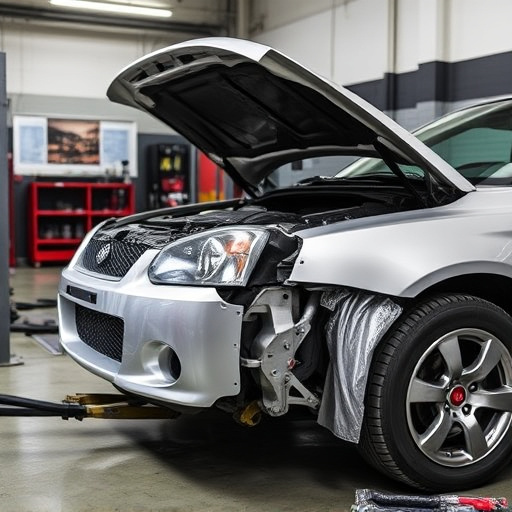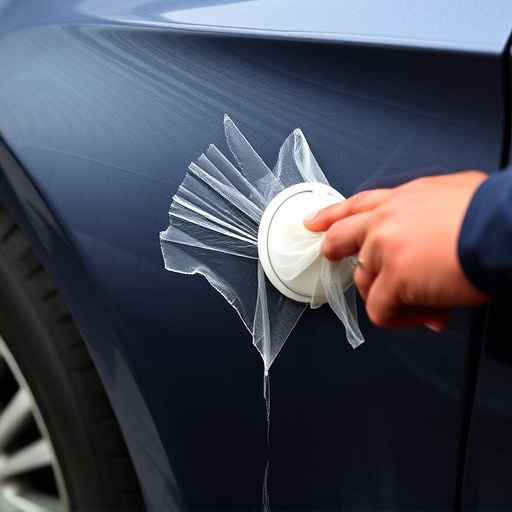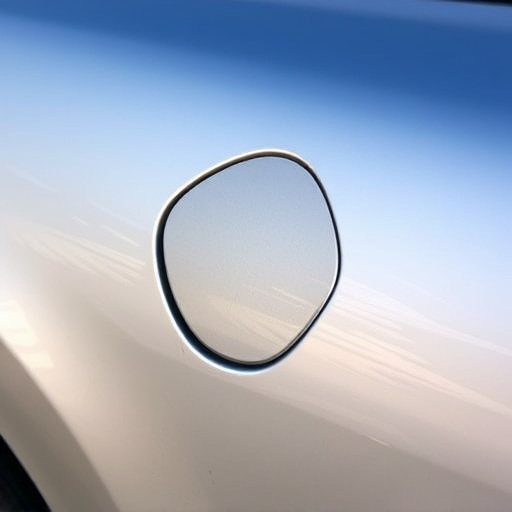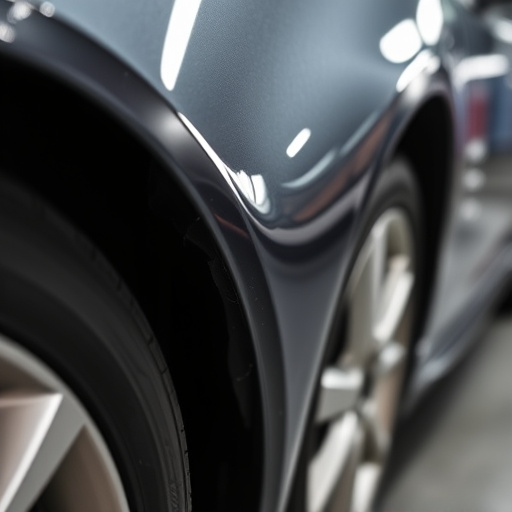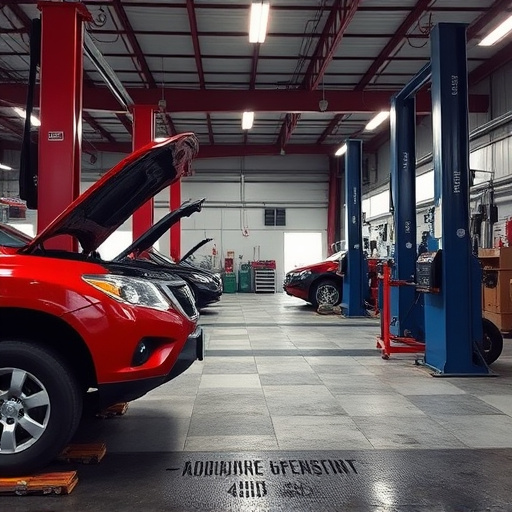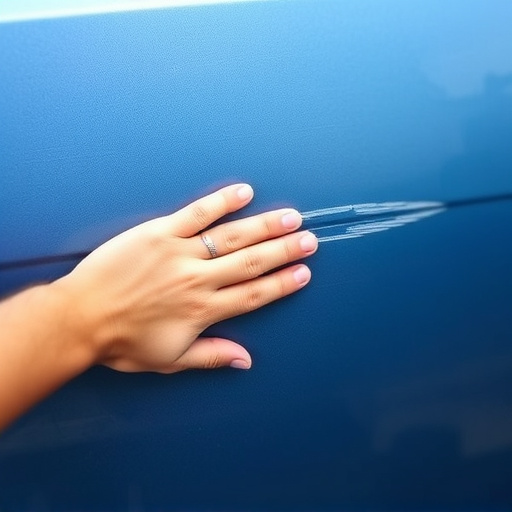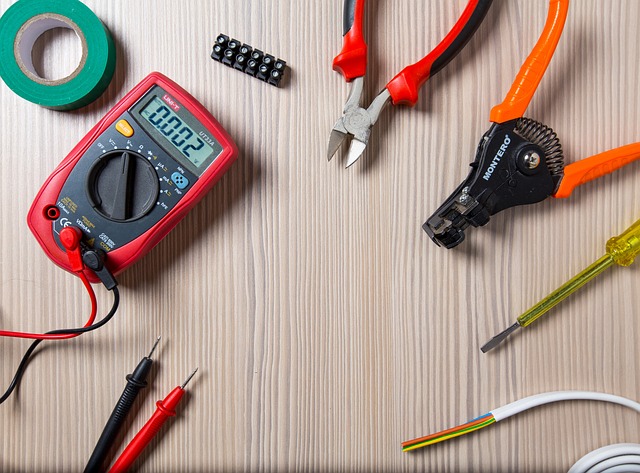Liability claim repair is a critical insurance process, aiming to restore damaged vehicles to pre-incident condition through advanced techniques and adherence to manufacturer standards. This involves thorough assessment, cost estimation, sourcing quality parts, and employing state-of-the-art methods like hail damage repair. The ultimate goal is enhanced safety, reduced costs, increased customer satisfaction, and maintained resale value for policyholders, fostering trust between insurers and clients.
In the intricate world of insurance claims, liability claim repair stands as a pivotal strategy for minimizing financial losses and maintaining operational integrity. This article delves into the nuanced role of liability claim repair, exploring its significance in mitigating risks and fostering efficient dispute resolution. From grasping the fundamental concepts to employing effective strategies, we unravel the process, highlighting both the benefits and challenges inherent in this critical aspect of insurance management.
- Understanding Liability Claim Repair in Insurance
- Process and Strategies for Effective Repair
- Benefits and Challenges: A Comprehensive View
Understanding Liability Claim Repair in Insurance
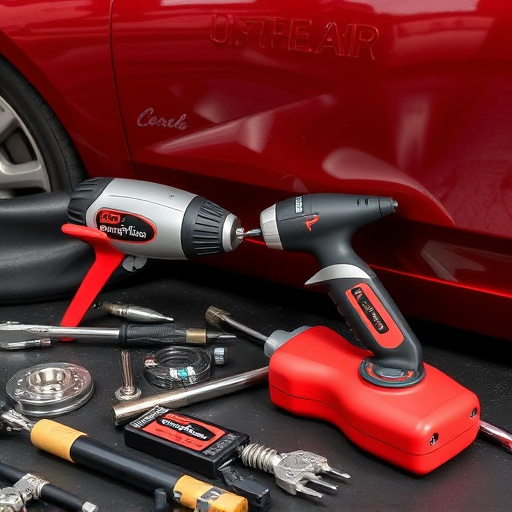
Liability claim repair is a critical aspect of insurance claims management, focusing on restoring vehicles damaged in accidents to their pre-incident condition. It involves a meticulous process where professionals expertly handle collision repair services, ensuring every detail aligns with the manufacturer’s standards. This meticulousness is paramount as it directly impacts the overall cost and efficiency of insurance claims resolution.
Autobody repairs extend beyond mere aesthetics; they encompass structural integrity checks, precise car paint repair, and careful restoration of various components. The goal is not just to fix visible damage but to ensure the safety and reliability of the vehicle. By leveraging advanced techniques and technologies, liability claim repair specialists can deliver top-notch collision repair services, ultimately facilitating smoother insurance claims processes.
Process and Strategies for Effective Repair
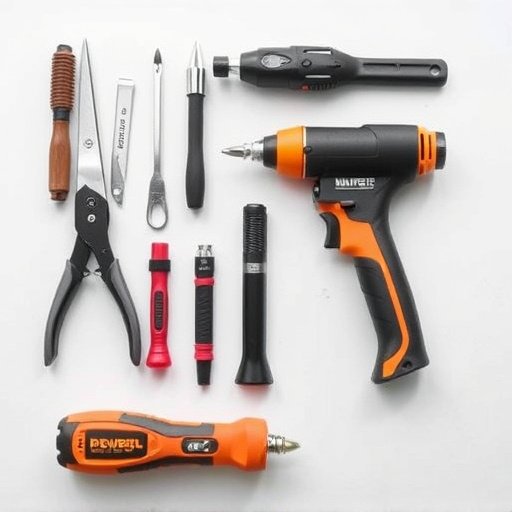
The process of liability claim repair involves a meticulous approach to restore vehicles affected by accidents or damages. It begins with an accurate assessment of the extent of the harm, encompassing both visible and hidden issues. This step is crucial in ensuring that all necessary repairs are identified, from minor cosmetic blemishes like hail damage repair to more complex structural concerns such as frame straightening.
Effective strategies employ a combination of advanced diagnostic tools and expert knowledge. Insurance providers collaborate with experienced technicians who specialize in vehicle collision repair to accurately estimate costs and plan the repair process. This involves prioritizing tasks, sourcing quality parts, and implementing state-of-the-art techniques for hail damage repair or frame straightening. The ultimate goal is to return the vehicle to its pre-incident condition, minimizing disruption to the owner’s life while adhering to strict safety and quality standards.
Benefits and Challenges: A Comprehensive View
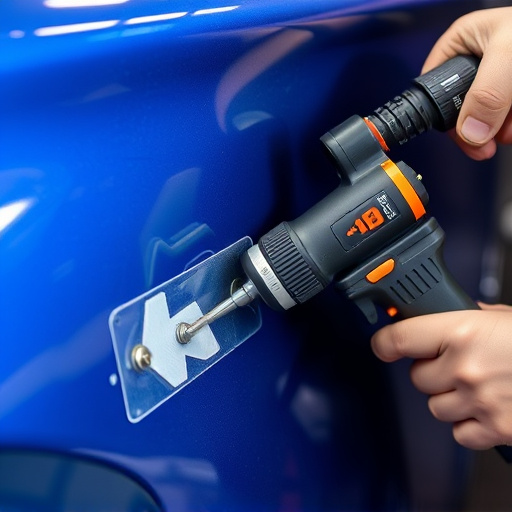
Liability claim repair offers a multitude of benefits for both insurance providers and policyholders. By efficiently managing and resolving claims, it can streamline the claims process, reduce costs, and enhance customer satisfaction. Repaired vehicles, whether it’s a fender repair or more intricate car dent removal, not only restore the vehicle to its pre-incident condition but also maintain the vehicle’s resale value. This is particularly significant in today’s market where a well-maintained vehicle can fetch a higher price. Moreover, effective liability claim repair fosters trust between insurance companies and their clients, encouraging policyholders to engage proactively in the claims process.
However, challenges accompany these advantages. Coordinating repairs across various body shop services can be complex, requiring meticulous record-keeping and careful oversight to ensure quality and consistency. Additionally, managing expectations regarding repair timelines and costs is crucial to avoid dissatisfaction among policyholders. Despite these hurdles, investing in robust liability claim repair systems and processes remains a strategic move for insurance providers aiming to deliver exceptional service while mitigating financial risks.
Liability claim repair is a vital process within the insurance industry, offering a strategic approach to managing and resolving complex claims. By understanding the nuances of this process, insurers can enhance customer satisfaction, streamline operations, and ultimately foster trust in their services. Through effective strategies, challenges can be overcome, ensuring a positive impact on both the business and its clients. Embracing these principles is key to staying competitive and delivering exceptional claims management in today’s insurance landscape.
